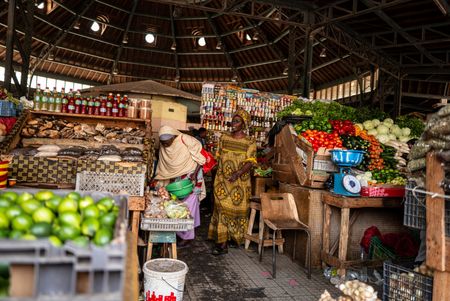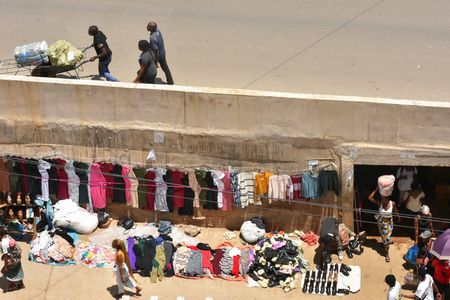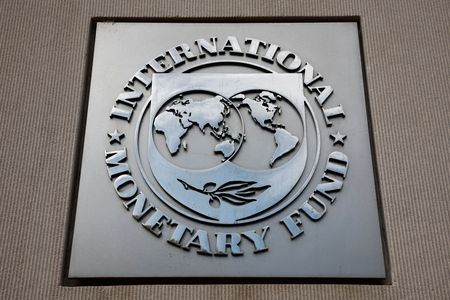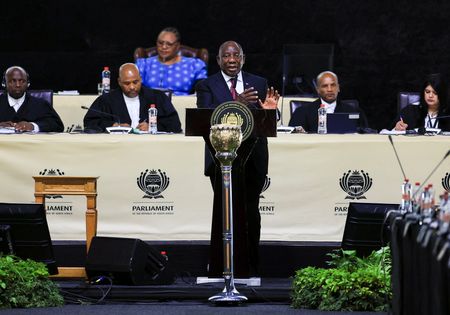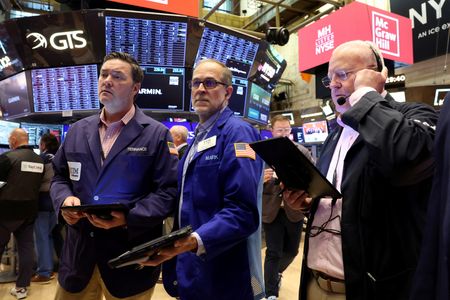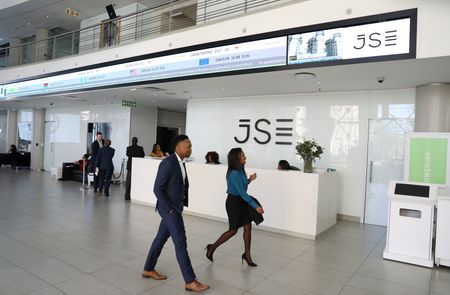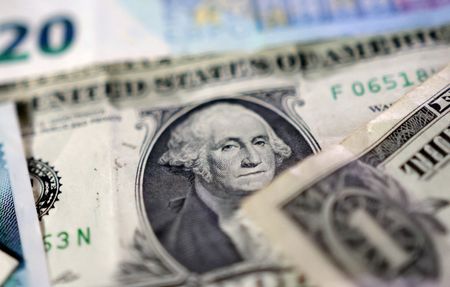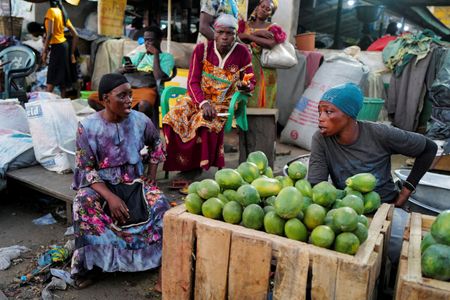By Portia Crowe and Libby George
DAKAR/LONDON (Reuters) -Senegal is grappling with billions of dollars in debt that was hidden by the previous administration.
Prime Minister Ousmane Sonko is expected to present a comprehensive economic recovery plan next week but the issue has also raised questions for the International Monetary Fund, which at the time was monitoring Senegal’s finances under a loan programme.
What is the debt, why have the figures changed and what is next for Senegal and the IMF?
WHAT HAPPENED?
In September 2024, Senegal said an audit of government finances, which had been ordered by newly elected President Bassirou Diomaye Faye, put the end-2023 budget deficit at over 10%, significantly wider than the 5% reported by the previous administration.
Faye’s government ordered a further audit, and the IMF froze Senegal’s three-year, $1.8 billion credit facility, which had been agreed in June 2023.
Since then, Senegalese authorities have worked to determine the full scale of the debt and keep the government running in the face of curtailed resources and a lack of access to IMF funds or international bond markets.
It is unclear how the off-books borrowing was spent. Current Prime Minister Sonko has accused the previous government of corruption, and there are some ongoing court cases related to alleged theft of COVID-19 funds.
WHY DO THE NUMBERS KEEP CHANGING?
A Court of Auditors review in February calculated that overall debt at the end of 2023 was equivalent to 99.7% of Senegal’s gross domestic product, well above the previous figure of 74.41%. That new total implied hidden borrowing of around $7 billion.
But in June, provisional figures put central government debt at around 23.2 trillion CFA francs ($41.7 billion) by end-2024, a more than 27% increase from end-2023.
This translates to a 119% debt-to-GDP ratio, according to Barclay’s economist Michael Kafe, who said on June 30 that the new figure presented “new risks to the debt trajectory and likely complicates on-going talks with the IMF.”
S&P Global Ratings, in its downgrade of Senegal’s credit rating this month, pegged hidden debts at around $13 billion and the ratio at 118%.
This would make Senegal one of the most indebted countries in Africa, placing it in a small, unenviable club alongside Zambia, Cape Verde and Sudan.
WHAT OF THE IMF?
Senegal is not the first case of hidden debt.
Mozambique’s infamous “tuna bond” scandal is the most recent high-profile example in Africa. But at roughly $3 billion, Mozambique’s secret debt is dwarfed by Senegal’s.
The IMF, which has come under fire for not catching the off-books lending, said it was conducting an internal assessment and diagnostic on the issue, and would present information to its Board on how the hidden debt went undetected.
In the meantime, the IMF’s executive board must approve either a waiver for misreporting or order Senegal to pay back previous programme disbursements. With a waiver, Senegal can negotiate a new programme.
Few expect the IMF to order Senegal to repay, which would effectively punish the current government’s transparency. But negotiations have taken longer than expected.
Senegal had hoped for a new programme by June. The IMF said a decision on the waiver was unlikely before June or July.
The IMF said it plans an August mission to Senegal to address the issue and start talks on the “contours” of a new loan programme.
But it also said it needs more data before it can firm up its assessment, and that it needs an agreement on key remedial measures before it can take a decision.
Sources expect action on a waiver in September.
WHAT ARE SENEGAL’S OPTIONS?
Prime Minister Sonko has said next week’s economic recovery plan will “tell the Senegalese how to get the country back on its feet, point by point.”
A new IMF programme would help them finance that plan, but crucially would also give foreign investors confidence to lend again. To get one, however, Senegal must demonstrate how it will return to debt sustainability.
Senegal’s bonds rallied earlier this month after it said it would rebase its economy for the first time since 2018, which some investors say could push its debt-to-GDP back down into double digits, a potentially more palatable level for the IMF.
The government could also attempt to reprofile debt by pushing payments further into the future but is expected to avoid a full restructuring.
Senegal – due to its membership in the West African currency union UEMOA – does not have a problem sourcing the hard currency it needs to repay loans. And a restructuring could destabilise some regional banks holding its debt, which would be bad for the region.
($1 = 557.7500 CFA francs)
(Reporting by Portia Crowe and Libby George; Editing by Karin Strohecker, Joe Bavier and Toby Chopra)

